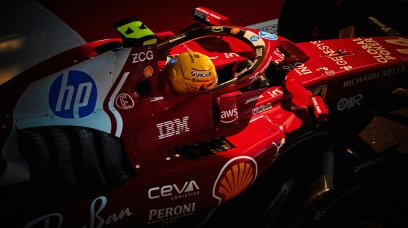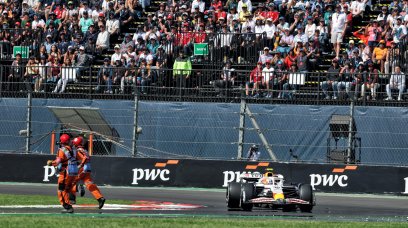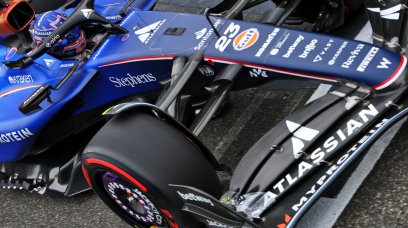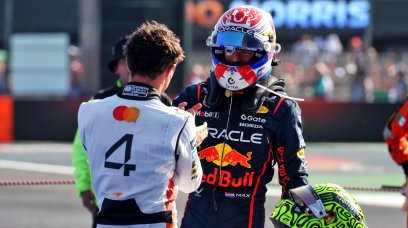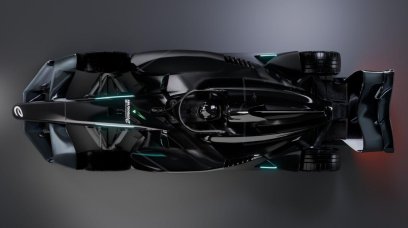In analysing the 2022 Austrian Grand Prix, Formula 1 were presented with data which did not quite make sense. On the track a thrilling battle for the lead ensued, with Charles Leclerc and Max Verstappen fighting for P1 before the Ferrari man emerged victorious, having overtaken his rival three times during the race. There were also battles throughout the field as Lewis Hamilton made his way up to third while Mick Schumacher got the Haas in the points for a second time, taking a career-best sixth place. However, fan reaction was not as high as expected, with this being traced back to the swaths of orange smoke at the start of the race triggered by Verstappen's army of Dutch fans. This was known due to Galvanic Skin Response measurements, something F1 has been working on for multiple years, as chief technical officer Pat Symonds has explained.
F1's skin sensing technology
Galvanic Skin Response works by measuring the activity in a subject's sweat glands, which is reflective of their emotions at a given point so can be used to track metrics such as anger or excitement. "I think we first put Galvanic Skin Response in place in 2019, and then at the end of '20 for the analysis of social media," Symonds exclusively told RacingNews365.com at Autosport International. " When it comes to good or bad races, it does tie in a lot with these people who do a rating of the race, and it is not without bias of course and it has some unusual sorts of things, including polarisation. "You see it with social media as you can dig into what actually is causing the changes of sentiment [in fans]. "But then you see some unusual things. "For example, at the Austrian Grand Prix, we saw a big dip in sentiment, and it tended to be quite angry. "On its own, you see that and think what on earth is it all about, and then you go and look at the comments. "It's all from the smoke from the flares that were let off before the race, and then you can understand that. It is a very good methodology." Symonds also explained how in some data, F1 found that wheel-to-wheel racing fared better than actual overtaking due to the unpredictability of such racing, whereas the actual overtake itself was quite straightforward.
Most read

